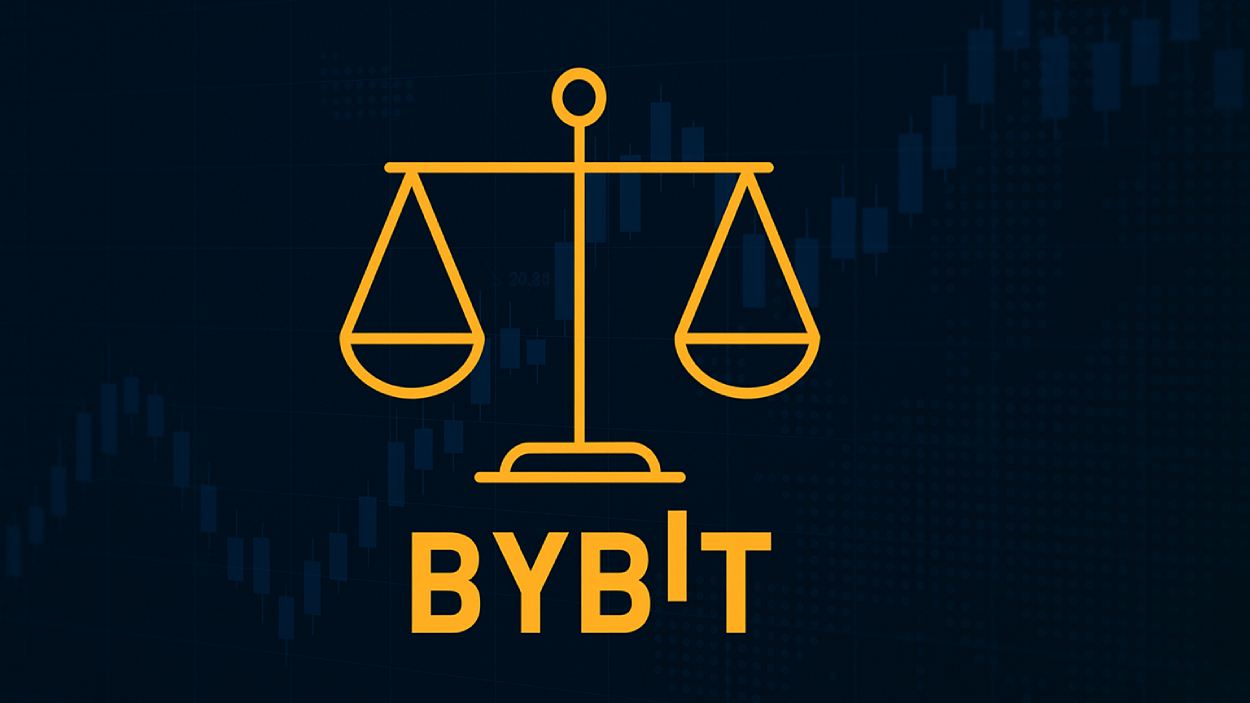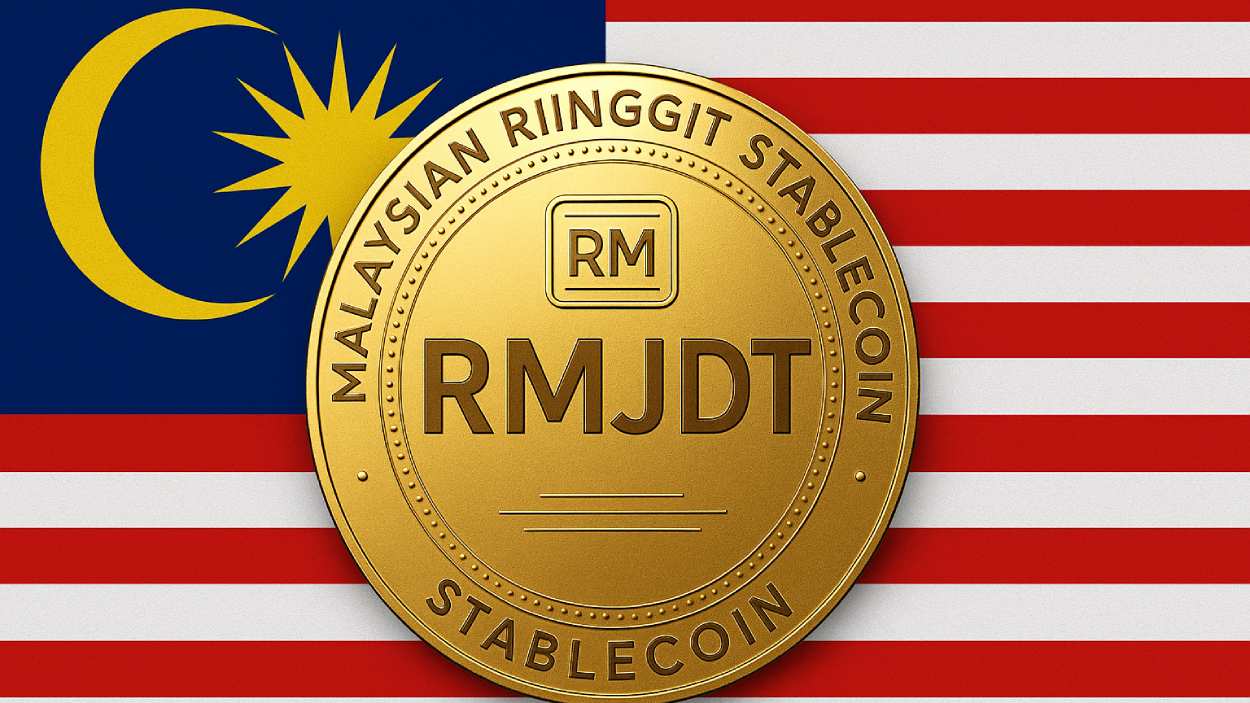Russia has launched a national registry to monitor cryptocurrency mining, signaling a major effort to rein in illegal operations and tighten control over the fast-growing industry.
Key Takeaways
- 1A national crypto mining equipment registry has been deployed across high-activity regions in Russia.
- 2The move aims to combat illegal mining, ensure fair taxation, and protect energy infrastructure.
- 3Only 30% of miners are currently registered, highlighting the scale of unregulated operations.
- 4New laws could allow asset seizures and steep fines for non-compliant miners.
Russia is turning up the heat on crypto miners. If you’re running a mining rig in the country, the government now wants to know exactly where, how, and how much power you’re consuming. Why? Because the era of anonymous crypto mining in Russia might be coming to an end.
This week, Russian authorities confirmed the nationwide rollout of a crypto mining registry that targets both energy monitoring and legal enforcement. Designed to root out unregistered mining activity, this initiative represents one of the country’s boldest moves yet to regulate digital assets.
Registry Targets Energy Use and Legal Loopholes
The registry, developed by the Ministry of Energy, the Federal Tax Service, and the Ministry of Digital Development, has already been distributed to several regions with high mining activity. The aim? To pinpoint mining operations by monitoring their energy consumption patterns.
Deputy Energy Minister Petr Konyushenko emphasized that the registry is essential for regulatory oversight, especially as Russia tries to ensure that commercial miners pay appropriate taxes and do not overload local power grids.
- The registry was first proposed in February 2025 and has now received full backing.
- Mining in ten regions is banned until March 2031 to prevent power outages.
- The list has been sent to areas known for illegal or heavy crypto mining activity.
Crypto Legalization Meets Energy Regulation
Russia’s push toward formalizing the crypto sector began with the adoption of a legal framework in 2023, permitting mining for individuals, registered entrepreneurs, and legal entities.
While individual miners can operate without registration within energy limits, all commercial entities must report earnings and register with the tax service. The government also introduced several incentives and enforcement mechanisms:
- 15% tax on crypto mining profits based on the market value of mined coins.
- VAT removed from crypto purchases to encourage legal activity.
- A digital declaration system for reporting mining income was implemented in early 2025.
Despite these measures, many operations still fly under the radar. As of June 2025, only 30% of miners had officially registered, according to Deputy Finance Minister Ivan Chebeskov.
Cracking Down: Fines, Bans, and Asset Seizures
To push non-compliant miners into the legal fold, Russia is escalating enforcement. Over the past year:
- Courts have shut down illegal mining farms, including a 30,000-square-meter operation in Krasnoyarsk Krai.
- Utility workers were caught accepting bribes to ignore illegal setups.
- Hackers were found hijacking smart devices to create covert mining networks.
The government is not stopping there. A new bill proposed by the Ministry of Digital Development could allow courts to confiscate digital assets and impose fines up to 2 million rubles (about $22,000) on violators. The legislation is still pending but signals intent to integrate mining fully into Russia’s economic system.
CoinLaw’s Takeaway
Russia is no longer treating crypto mining like a wild west industry. With high global demand, cheap electricity, and vast territory, the country became a magnet for mining operations. But this new registry, combined with taxation, mining bans, and legal penalties, indicates a clear pivot toward centralized control. For miners, the message is clear: get registered, pay taxes, and stay within legal boundaries or risk losing it all.

























































